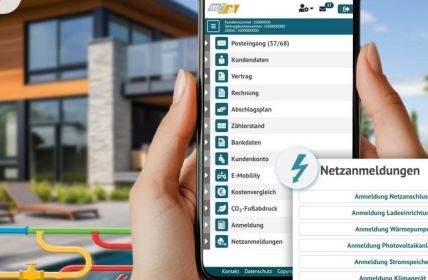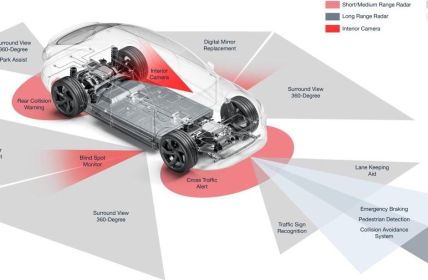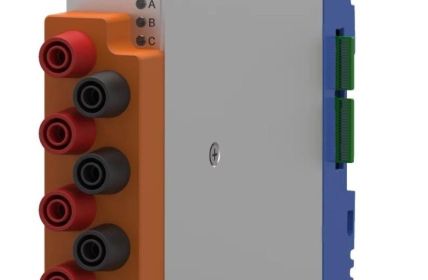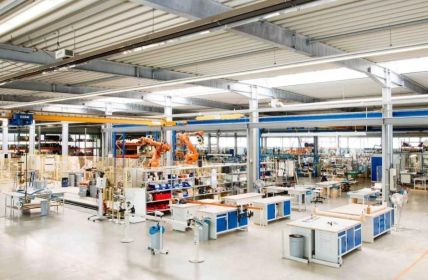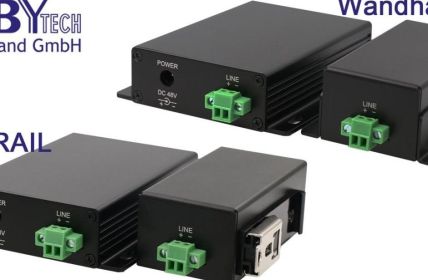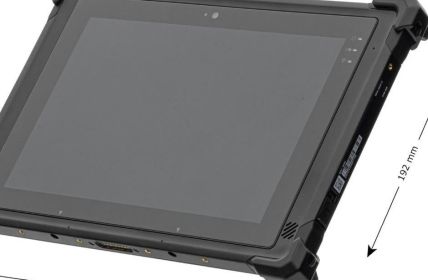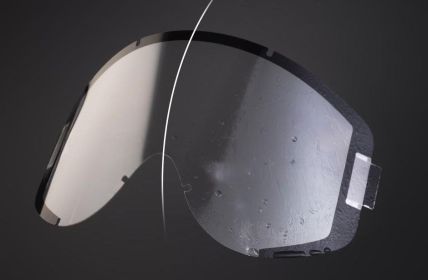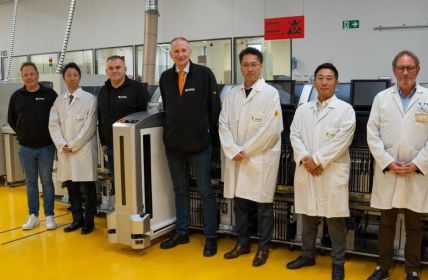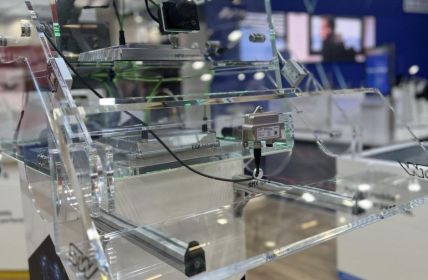IoT manufacturers are developing more and more devices to help forklift operators and their environment to help avoid accidents. In addition to real-time detection of
obstacles, developers are also increasingly focusing on preventive safety concepts.
Table of Contents: What awaits you in this article
Forklift risk
Forklift drivers are a recurring cause of accidents in the work environment.
Restricted visibility due to larger payloads, fatigue during routine or short-term inattention lead to serious injuries and even fatalities every year. serious injuries and even fatalities. For example, studies for the year 2020 indicate over 7000 accidents with nearly 80 fatalities.
IoT to combat workplace accidents
Employers are trying to counter such untenable conditions with an increased training offensive. But even the best instruction can rarely prevent workers from committing human errors in stressful, hectic and confusing situations. Manufacturers of Internet of Things (IoT) technologies are looking to provide useful assistance.
A second pair of IoT eyes
No matter how hard a human forklift driver might try in his day-to-day work, he sometimes just can’t see certain environments. That’s when it would be nice to have technical support to help. For example, an IoT company recently developed a smart sling that helps distinguish whether the person around the forklift driver is on foot or also in a vehicle.
Supervisors also use this equipment to get an overview of which employee is currently where and how. This not only allows conclusions to be drawn about the certification type of the respective driver. Warnings can also be issued in good time if too many people are in an unclear but highly frequented area, which can increase the likelihood of accidents.
Sensors against overtiredness
One solution, currently still in the laboratory phase, addresses the problem of overtiredness that often occurs in this area. Forklift drivers, who usually follow the same work routines over and over again, tend to handle these processes as if they were automated, which can then trigger unforeseen accidents. The mobile sensor that the scientists are now developing here is intended to provide information about the driver’s tendency to overtiredness by checking breathing patterns. If it is foreseeable that a certain level will be exceeded, making it impossible to drive the vehicle, the responsible parties will be able to intervene with foresight.
Sensors to protect pedestrians
IoT can also protect people crossing the working paths of forklift trucks from being injured. For example, there are already sensors that can detect the sewn-on safety bands on protective vests. These warn the driver with an audible or visual alarm if the two come into potentially too close contact. Some of these solutions can even slow or stop forklifts if there is a risk of an accident.
Expanding monitoring for greater safety?
Developers and users are hoping IoT use will lead to gains in automatable safety. Employees who wear monitoring technology on their bodies expect it to help them stay safe at work. Supervisors want to use the technology to gain a deeper insight into where potential risks are hidden. One way to do this is through sensory access management. After all, sensors can not only read the locations of all workers in real time.
By quickly checking certificates, they are also able to determine whether the forklift driver in question is even authorized to drive the vehicle. Training for specific machines, elevators and materials stored in databases can also be queried in seconds, triggering alerts in the event of discrepancies. Telematics applications that only allow vehicle operators to use theirs if they check the safety of their technology can also help to significantly increase safety for everyone involved.


